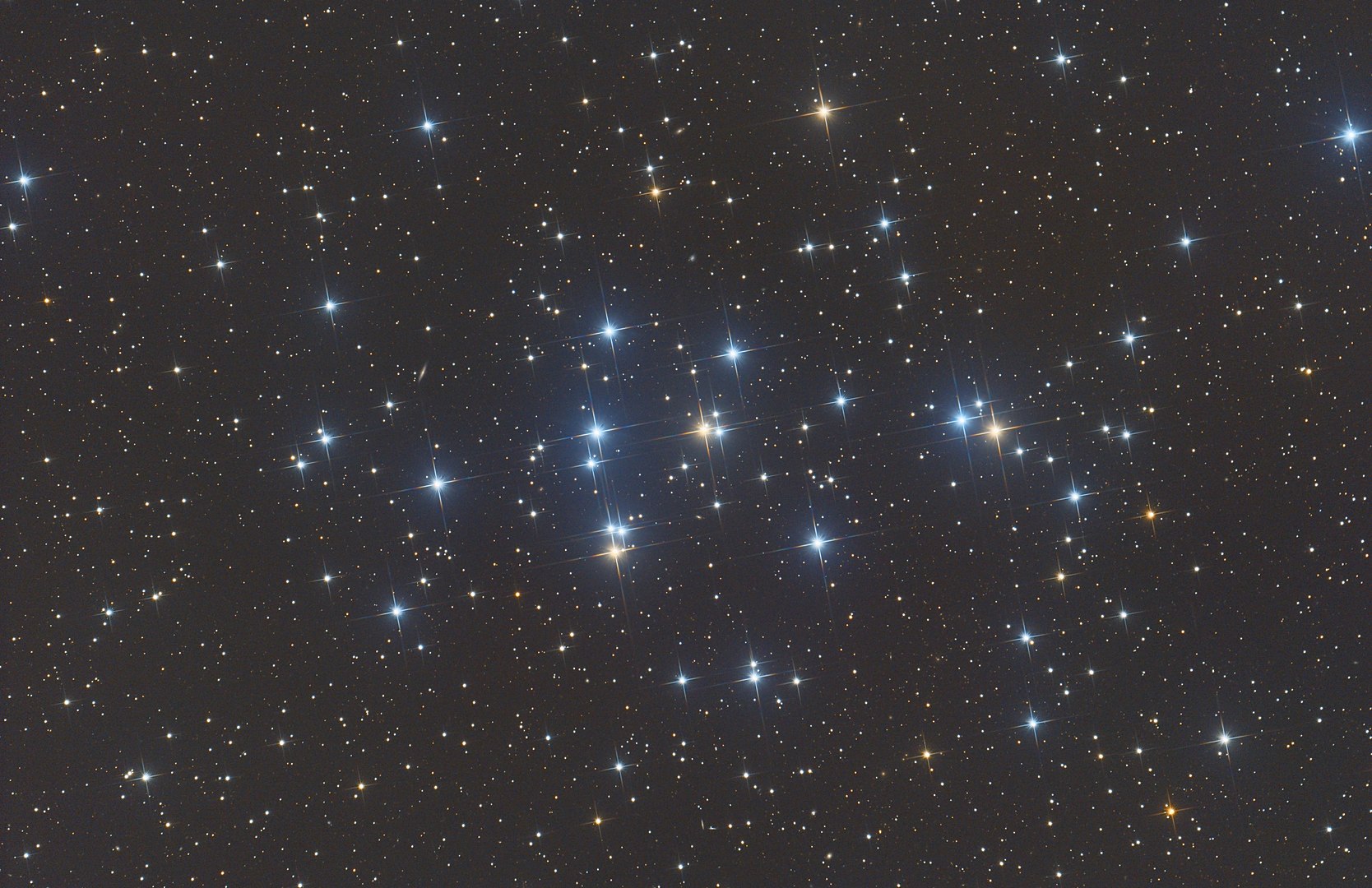Stars with superpowered magnetic fields could narrow the search for alien life
"Stars experiencing this enhanced magnetism are likely going to be battering their planets with high-energy radiation."

Astronomers have discovered evidence of small stars with shockingly strong magnetic fields that might not be ideal hosts for habitable worlds. The findings could reveal a strange stellar evolution process and teach scientists more about such common, but mysterious, cosmic bodies.
This new research suggests unexpectedly intense magnetic fields arise around cool, small stars when the surfaces and interiors of those stars start out by rotating at the same speed but, over time, drift apart and spin out of sync. The team behind the study calls that internal mechanism core-envelope decoupling, a process that could ultimately impact our search for life elsewhere in the Milky Way.
"Stellar physics can have surprising implications for other fields," Lyra Cao, team lead and an astronomy graduate student at Ohio State University, said in a statement. "Stars experiencing this enhanced magnetism are likely going to be battering their planets with high-energy radiation. This effect is predicted to last for billions of years on some stars, so it’s important to understand what it might do to our ideas of habitability."
That radiation could roast nearby planets, potentially boil away their liquid water, prevent complex molecules from forming and thus inhibit key ingredients for life.
The findings are therefore surprising because low-mass stars, such as the ones observed by the team, are common and expected to often host exoplanets. But, rather than discourage the search for alien life, this work can suggest which systems are more likely to host habitable worlds. It can simply redirect the hunt.
Related: Good news for the alien life hunt: Buried oceans may be common on icy exoplanets
A different kind of stellar dynamo
For mid-sized stars, like the sun, surface magnetism is linked to stellar spin like a stellar dynamo. This means stellar spins can be used to assess physical properties of stars, such as their magnetic fields, and can reveal more about how stellar bodies interact with their environment, such as their surrounding exoplanets.
Breaking space news, the latest updates on rocket launches, skywatching events and more!
Until now, astrophysicists had assumed the magnetism of stars with masses lower than the sun's, which can rotate very rapidly or very slowly, worked in the same way. This prompted scientists to theorize that small stars likely had weak magnetic fields, which suggests these stars would be ideal hosts for habitable worlds.
However, there was a caveat.
There are examples in which this "stellar-spin clock" appears to have stopped, Cao pointed out. As stars age, their rotation slows because they lose angular momentum, a process called "spinning down."
Cao and research co-author Marc Pinsonneault, a professor of astronomy at Ohio State University, developed a new way of measuring starspots that arise as the result of stars' magnetic activity. This allowed them to characterize stellar magnetic fields.
The duo and their colleagues looked at Sloan Digital Sky Survey (SDSS) data regarding 136 stars in an open stellar cluster called "the Beehive cluster," or Messier 44 (M44), which is located about 610 light years from Earth. This analysis revealed that some low-mass stars in the Beehive cluster held magnetic fields stronger than expected — if small stars have dynamos that work like that of the sun, that is.
Previous research had determined that some stars in the Beehive Cluster demonstrate rotational anomalies that defy current models of stellar evolution —these findings show magnetic fields in the open cluster also defy expectations.
"To see a link between the magnetic enhancement and rotational anomalies was incredibly exciting," Cao said. "It indicates that there might be some interesting physics at play here."
She and the team think that as the star's core and its outer layer decouple in terms of spin speed and then sync back up, that could drive a type of magnetism seen around these small stars that is strikingly different from that of the sun.
"We're finding evidence that there's a different kind of dynamo mechanism driving the magnetism of these stars," said Cao. "The next thing to do is verify that enhanced magnetism happens on a much larger scale. If we can understand what's going on in the interiors of these stars as they experience shear-enhanced magnetism, it's going to lead the science in a new direction."
The team's research was published on July 17 in the Astrophysical Journal Letters.

Robert Lea is a science journalist in the U.K. whose articles have been published in Physics World, New Scientist, Astronomy Magazine, All About Space, Newsweek and ZME Science. He also writes about science communication for Elsevier and the European Journal of Physics. Rob holds a bachelor of science degree in physics and astronomy from the U.K.’s Open University. Follow him on Twitter @sciencef1rst.

